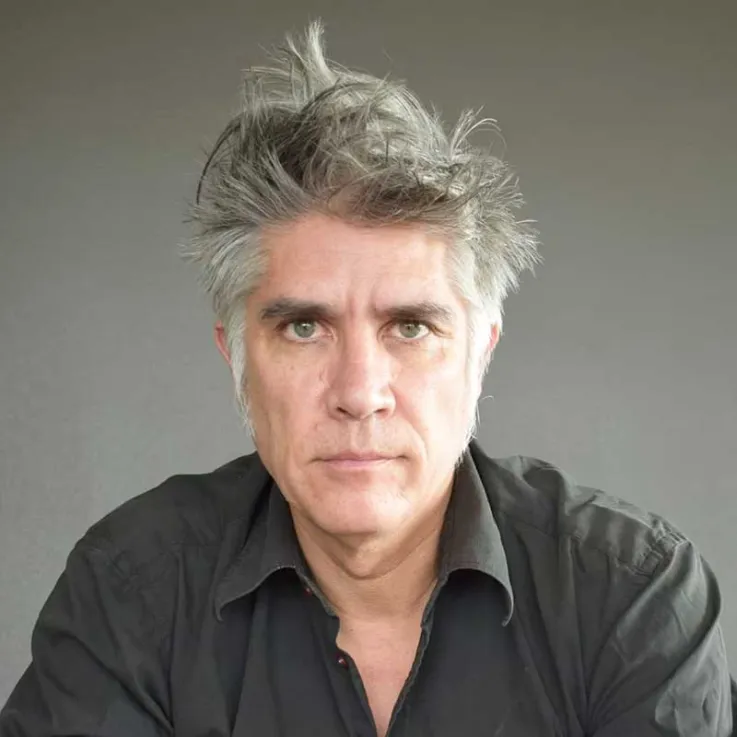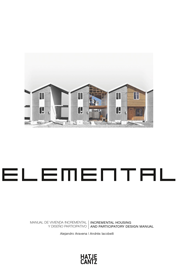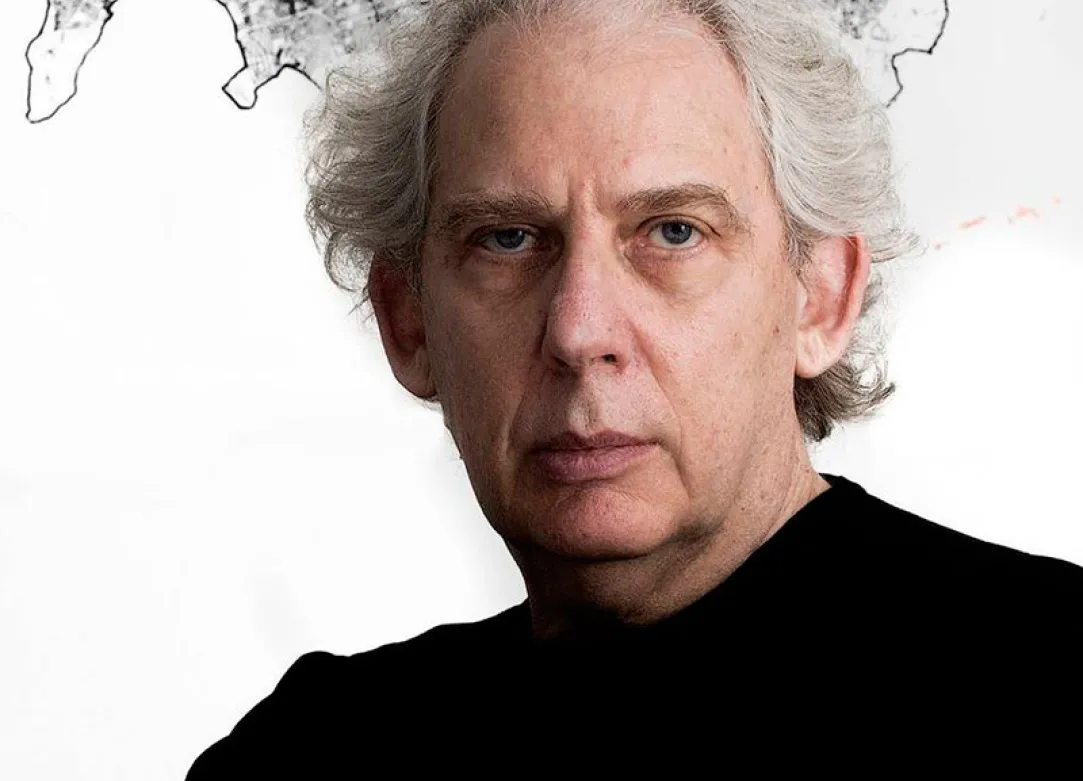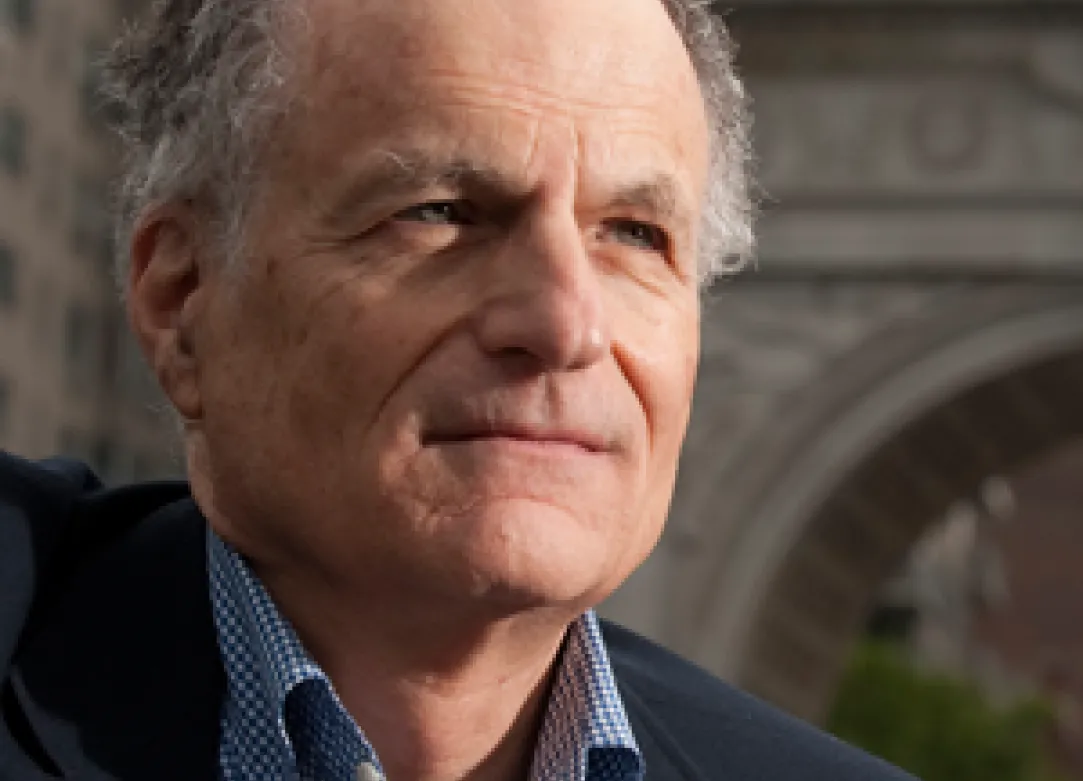Alejandro Aravena Born in 1967, graduated from Universidad Católica de Chile (1992). Then studied History and Theory at Università IUAV di Venezia and engraving at the Accademia di Belle Arti di Venezia.
He started his practice in 1994. His buildings include the Mathematics School (1998), Medical School (2001), Architecture School (2004), Siamese Towers for Digital Technology (2005) and more recently the Angelini Innovation Center (2014) for Universidad Catolica de Chile, St. Edwards University in Austin, Texas (2008), a Children Workshop for Vitra in Weil am Rhein (2008) and offices for the Swiss Pharmaceutical Novartis in their new Shanghai campus (2015) where he explores design’s power of synthesis. In 2000 he founded Elemental, a “Do Tank” to design and build extremely low cost social housing. The firm's work is not just about buildings, but about shaping lives. In 2006, Elemental partnered with Chilean Oil Company COPEC and Universidad Católica de Chile, to broaden his range of operation to projects of infrastructure, transportation and public space that have public interest and social impact. In 2010 Elemental was called to conduct the reconstruction of the city of Constitucion, destroyed by an 8,8° earthquake and tsunami; following that model Elemental began to operate at the whole city scale in projects like the Metropolitan Promenade and Children’s Park in Santiago (2009 – 2014), the redesign of the Copper mining town of Calama (2013) and also at a regional level like the project for Arauco forest company in the Arauco provice or for Pelambres Mining company in Illapel province. On the other end Elemental also began to work in product design under the Surdico umbrella (the southern equivalent of Nordic Design): Chairless for Vitra, Cork Clogs for Amorim, Children Playgrounds for Fahneu to name a few.
Distinguished with several awards, such as the Pritzker Architecture Prize (2016), the Index Award in Denmark (2011), the Silver Lion at the XI Venice Biennale (2008), the Marcus Prize (2009), the Erich Schelling Architecture Medal (2006) and the Bicentennial Medal for his contribution to the country’s development (2004), his work has been featured at MoMA in New York (2010), MA Gallery in Tokyo (2011), São Paulo Biennale (2007), Milano Triennale (2008), the Venice Architecture Biennale (2008 and 2012) and published in over 50 countries.
Author of Los Hechos de la Arquitectura (Architectural Facts, 1999), El Lugar de la Arquitectura (The Place in/of Architecture, 2002) and Material de Arquitectura (Architecture Matters, 2003), Electa published the monography Alejandro Aravena; progettare e costruire (Milan 2007) and Toto published Alejandro Aravena; the Forces in Architecture (Tokyo 2011). In 2012 Hatje-Cantz published the first monograph dedicated to the social housing projects of Elemental under the title Elemental. Incremental Housing and Participatory Design Manual.
Visiting Professor at the Graduate School of Design of Harvard University between 2000 and 2005 and International Fellow of the Royal Institute of British Architect since 2010, he has been named one of the 20 new heroes of the world by Monocle magazine. Currently, he is member of the board of the Holcim Foundation, the David Rockefeller Center for Latin American Studies and of the Cities Program of the London School of Economics. Since 2009 he is a member of the Pritzker Prize Jury.





